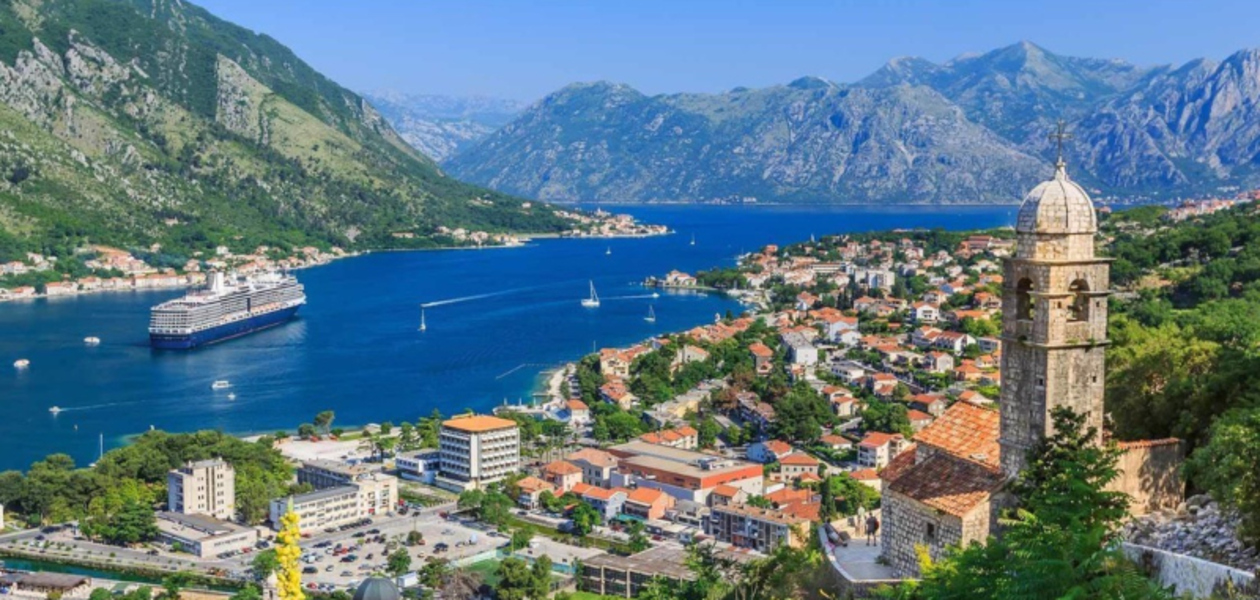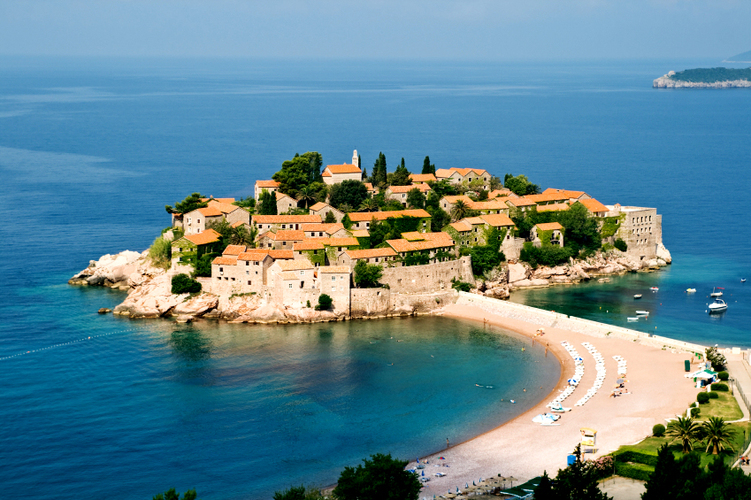Montenegro
The Montenegrin consumers are known for their love of brand name products, and therefore it comes as no surprise that the Podravka products are on the menu of every family. Montenegro is a destination for true hedonists, gourmands and those with a sweet-tooth, who know how to enjoy seafood dishes, the famous Njeguši delicacies, the cuisine of Lake Skadar, lamb made in so many different ways, and kačamak (a dish made of corn grits) at summer houses in the mountains.

Podravka d.o.o.
Bulevar revolucije 17A
81000 Podgorica
Montenegro
tel: +382 20 872 878
fax: +382 20 606 011
e-mail: podravkacg@t-com.me
Contact:
Alenko Vavro, Director
Draško Čelanović, Sales Director
Sonja Zarubica Paunović, Marketing Director
Podravka d.o.o. Podgorica has officially operated in Montenegro since 2002, though our products were on this market long before this. According to the number of employees, Podravka Montenegro is one of the smaller companies, though this in no way diminished the significance of the many years of successful operations on this market.
On the Montenegrin market, Podravka can boast of offering more than 500 different articles, with ongoing expansion of the portfolio with new, innovative products as our objective, with the aim of satisfying the needs of our consumers.
Podravka is the market leader in many categories, and the most popular products are Chicken noodle soup, Beef noodle soup, Eva sardines, Eva tuna, Eva mackerel, Vegeta, Čokolino cereal, Lino cereal, Lino Lada, Dolcela products (puddings, whipped cream, yeast), Beef goulash, Fant products, tomato products and condiments, and the wide range of Podravka teas.
We have placed particular attention on our youngest consumers, through the Lino brand which is widely recognised in Montenegro and available with a wide range of products: Lino dehydrated baby food, Lino cereals, Lino baby cookies, Lino fruit purees, Lino vegetable and meat purees, and Lino baby flips.
A wide range of products in the Žito product line are also available under the brands Zlato Polja (rice, crisp toast, corn grits and wheat semolina), Natura (cereals, seeds), and Šumi candies.
The coastal region of Montenegro is heavily influenced by Mediterranean cuisine, with typical seafood dishes (fish, octopus, scampi and squid), which is why Šime is considered the best fisherman in Montenegro. The Eva brand, a healthy treasure trove of seafood products, is available with a wide product line of tinned fish and fish salads. This brand is recognisable and is often placed in customer’s grocery baskets.
Tourism is the fastest growing branch in Montenegro, best seen in the rapid opening of new restaurants. We continually monitor all aspects on this market, and have recognised the need to increase the segment and improve the offer of our gastro line.
Geographic position
Montenegro is in many ways an interesting and unique part of the world. It has existed as a country in the windy regions of Southeast Europe for centuries. The two most distant points of the country are separated by just 190 km as the bird flies, and the area in between resembles a meeting of the North pole and the Equator. Montenegro is a coastal, continental and alpine country. It can boast of having 40 lakes, and its rivers are among the clearest in Europe. The surface area of the country is just 13,812 km2. The south is bounded by the Adriatic Sea, with Croatia to the west, Bosnia and Herzegovina to the northwest, Serbia to the northeast, Kosovo to the east and Albania to the southeast. The population of Montenegro is 631,219.
Historical influences
The Mediterranean influence on the traditional cuisine of Montenegro is visible in the way bread, meat, cheese, wine, soup and stews are prepared.
The process of colonization of the area of present day Montenegro by the Slavic peoples began in the 5th century AD. Montenegro was first mentioned in the Charter of King Milutin in the late 13th century. Initially, the name Montenegro was associated with a narrow area of medieval Zeta area. In the latter half of the 14th century, Zeta became an independent feudal state, while already by 1496, Montenegro had fallen into the hands of the Turks.
Through constant resistance, Montenegro succeeded in fending off the Ottoman rule in a war from 1683 to 1699, while at the Berlin Congress in 1878, the Principality of Montenegro was recognised as an independent country. This marked the start of the nation’s golden period, though this time of peace was short-lived. The wars of the 19th and 20th century soon followed, and the Montenegrins would have to wait until 2006 to again achieve independence. Since then, Montenegro has become a full-fledged member of NATO, and the country is on focused on European integration.
The Montenegrin cuisine is the result of the nation’s geographic position and its long history. In the continental areas and along its Adriatic coast, an Italian influence is seen in the traditional dishes and the way bread, meat, cheese, wine, soup and stews are prepared. Other strong Turkish, Hungarian and Central European influences are also present. Some of the popular dishes are stuffed cabbage leaves (sarma), moussaka, stuffed green peppers, baklava, burek, goulash, đuveč (stewed vegetables with rice), jams and much more.
Characteristics of the cuisine
The most precious gems of the Montenegrin cuisine are the Montenegrins themselves. The one thing that no one can object to – they are fantastic hosts. Here they will greet you will open arms, the best seat at the table, and the best the host can offer. This is a destination for true hedonists, gourmands and sweet-tooths. So turn off your calorie meter and enjoy! In Montenegro, you will be served food for the eyes and the soul.
Travel tips
Do not forget to visit:
- The longest beach Ulcinj, 13.000 m long
- Durmitor and the highest peak Bogatov luk, 2.522 m high
- The largest lake Skadarsko jezero, 391 km2
- The deepest canyon of the river Tara, 1.300 m
- The largest bay Boka Kotorska
- Ada (Ulcinj), St. Stefan (Budva), NP Lovćen, NP Biogradska gora (Kolašin) and the Monastery Ostrog
- The world natural and cultural heritage, under UNESCO protection: Durmitor with the canyon of the river Tara and the old city of Kotor





